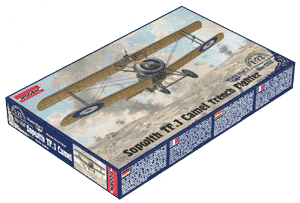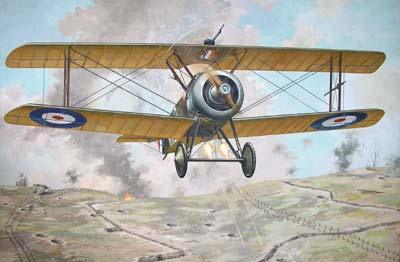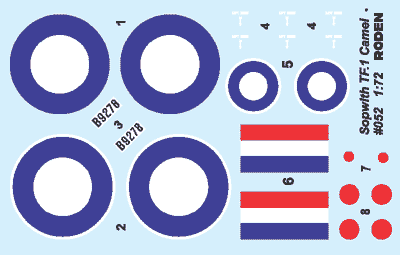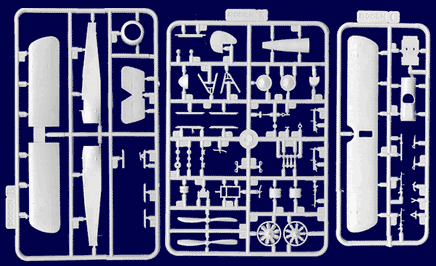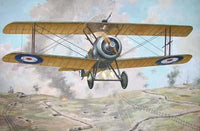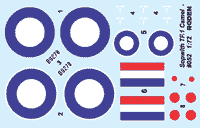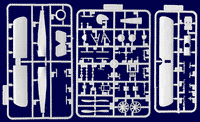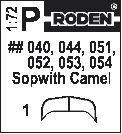The concept of ground support aircraft was born in 1917 by which time it was evident that the infantry could not win the great trench warfare battles on their own. New effective weapons were needed. One radical new idea was the tank; but when it came to aircraft, there were many problems, first and foremost the danger to the pilot, who was very vulnerable to ground fire during low level flight.
In November 1917 the RFC asked the Sopwith company for a special ground attack plane. The new special plane, the so-called 'Trench Fighter', must be equipped with machine guns fixed to fire downward at a 45 degree angle. For this task Sopwith F.1 Camel B9278 was chosen. Two Lewis machine guns were installed beneath the fuselage, and one more on a Bowan & Williams (Admiralty Top Plane) Mounting on the upper wing (as on the 2F.1 Camels). Most of the cockpit space was surrounded by steel plates, and now the pilot was protected.
The first flight of the new plane took place on February 15, 1918 and one month later the aircraft was sent to France for trials. Combat testing was brief because the idea of downward fire proved to be a conceptual mistake. Soon afterwards B9278 was returned to England, and the TF.1 was canceled because by this time the Sopwith company were developing a new project, the TF.2 Salamander, specially designed for support of the infantry.
Performances:
- Span: 8.54 meter
- Length: 5.64 meter
- Wing Area: 21.5 m²
- Maximum Speed: 166 km/h
- Powerplant: 1 x 110 hp Le Rhône
- Armament: 3 x 0.303 Lewis machine guns

